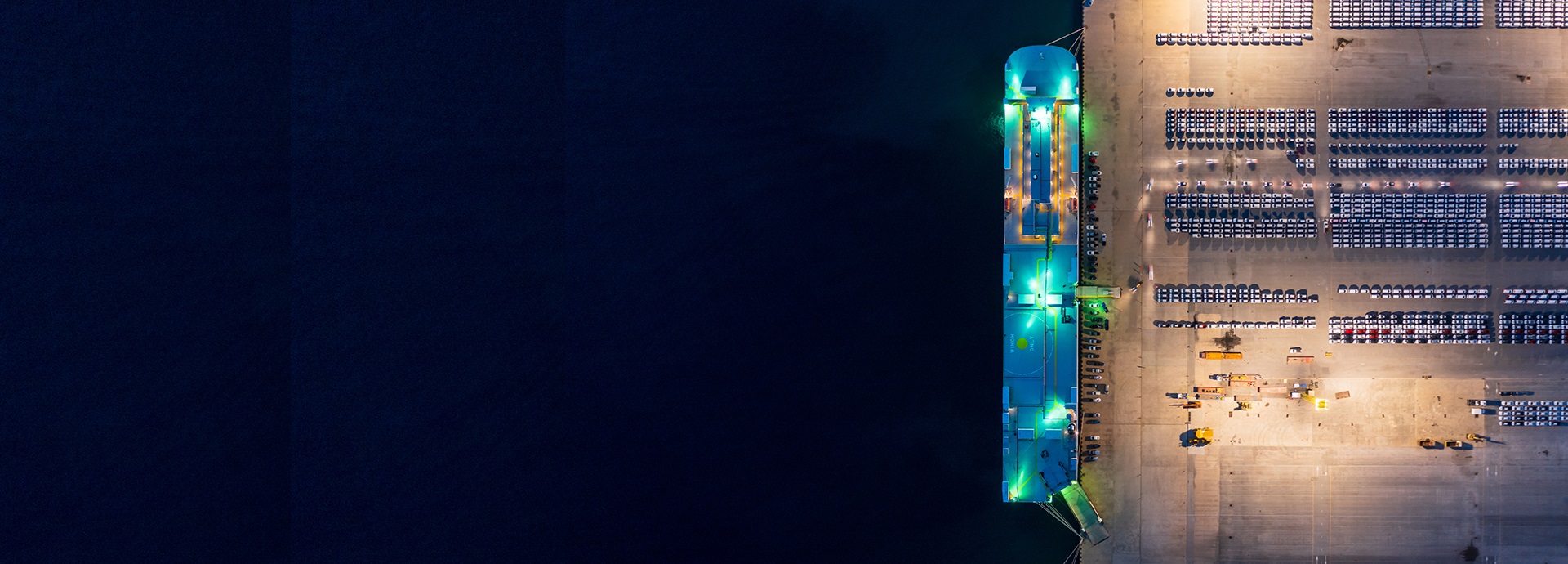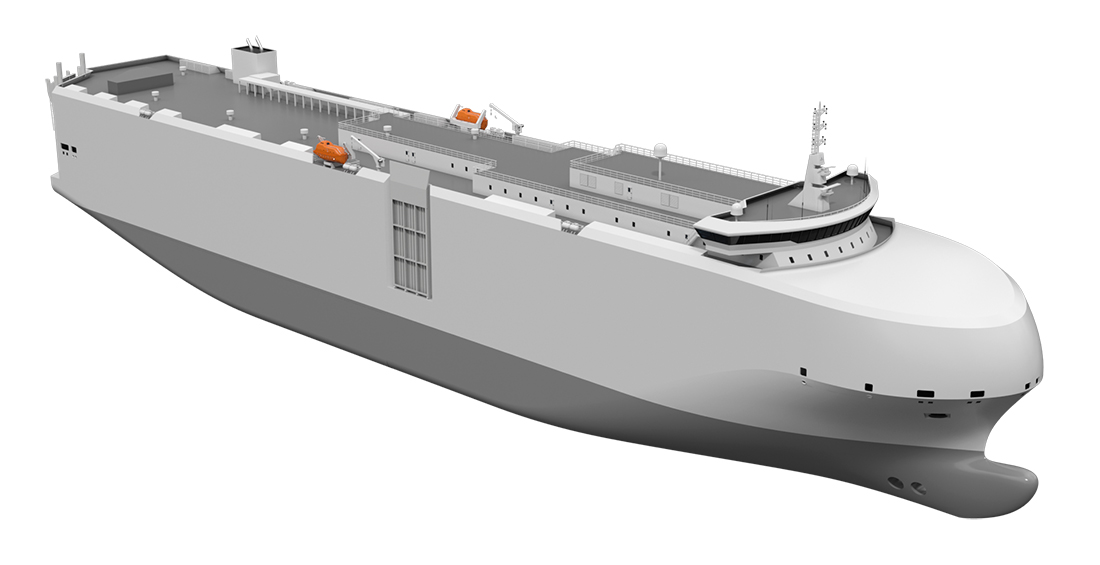
Case studies

How dual-fuel engines are helping Santoku Shipping to cut vessel emissions
When Japanese marine transportation services company Santoku Shipping ordered six new pure car and truck carrier (PCTC) vessels, dual-fuel engines were top of the priority list. Santoku wants to be able to use LNG in order to support its environmental goal of reducing emissions. The LNG-capable Wärtsilä 20DF engines onboard the vessels will help Santoku to reduce SOx and CO2 emissions when used as auxiliary gensets to provide hotel power.
PCTCs are designed to transport rolling cargo like cars and trucks. Santoku has ordered six 7,500 car-unit vessels, set to be delivered at the end of 2025 and the beginning of 2026.
A powerful dual-fuel engine that saves valuable space
The compact Wärtsilä 20DF brings full fuel flexibility to auxiliary applications with the ability to operate on either conventional liquid marine fuels (LFO, HFO or liquid biofuel) or LNG. When operating in gas mode, the Wärtsilä 20DF is compliant with IMO Tier III regulations without the need for any secondary exhaust gas treatment systems.
Operating on LNG significantly reduces SOx and CO2 emissions and enables smokeless operation. Santoku’s new PCTCs will benefit from an upgraded version of the Wärtsilä 20DF with a higher power output and up to 40 percent lower methane slip – a critical element in improving the sustainability of LNG operations.
Comprehensive crew training and cutting-edge automation from one supplier
One of Santoku’s main challenges in adopting dual-fuel engines is that their crews are unfamiliar with operating with LNG. To solve this challenge, Wärtsilä will provide training for the crews. The vessels will also be fitted with the Wärtsilä NACOS Platinum Marine Automation system. The system is designed to enhance situational awareness and increase safety as well as provide greater control over every operational aspect of the vessels.
Santoku will also benefit from a year-long trial of Wärtsilä’s Expert Insight service. Expert Insight uses advanced diagnostics and artificial intelligence to help vessel owners improve efficiency and reduce emissions. With the help of a Wärtsilä expert, the service spots and addresses smaller problems before they can develop into major issues that could cause costly downtime.

“This is our first order from a Japanese PCTC owner, and the cooperation between all the stakeholders has been excellent so far,” says Shigeto Morita, General Manager, Market Innovations at Wärtsilä. Wärtsilä has worked closely with Santoku Shipping and is in an excellent position to continue the cooperation. For example, Santoku Shipping has identified the need to reduce emissions from one of its RoRo vessels – and discussions about what solutions Wärtsilä can offer to support this aim – for example by enabling the ship to operate on a low-carbon future fuel like methanol – are ongoing.
Learn more about how you can cut emissions in auxiliary genset applications with the Wärtsilä 20DF engine.
Challenge
Ensure reduced greenhouse gas emissions by enabling LNG operation for auxiliary engines onboard six PCTC vessels.
Solution
Dual-fuel, IMO Tier III compliant Wärtsilä 20DF engines.
Benefit
Lower SOx and CO2 emissions when engines operate in gas mode, plus up to 40% lower methane slip.

